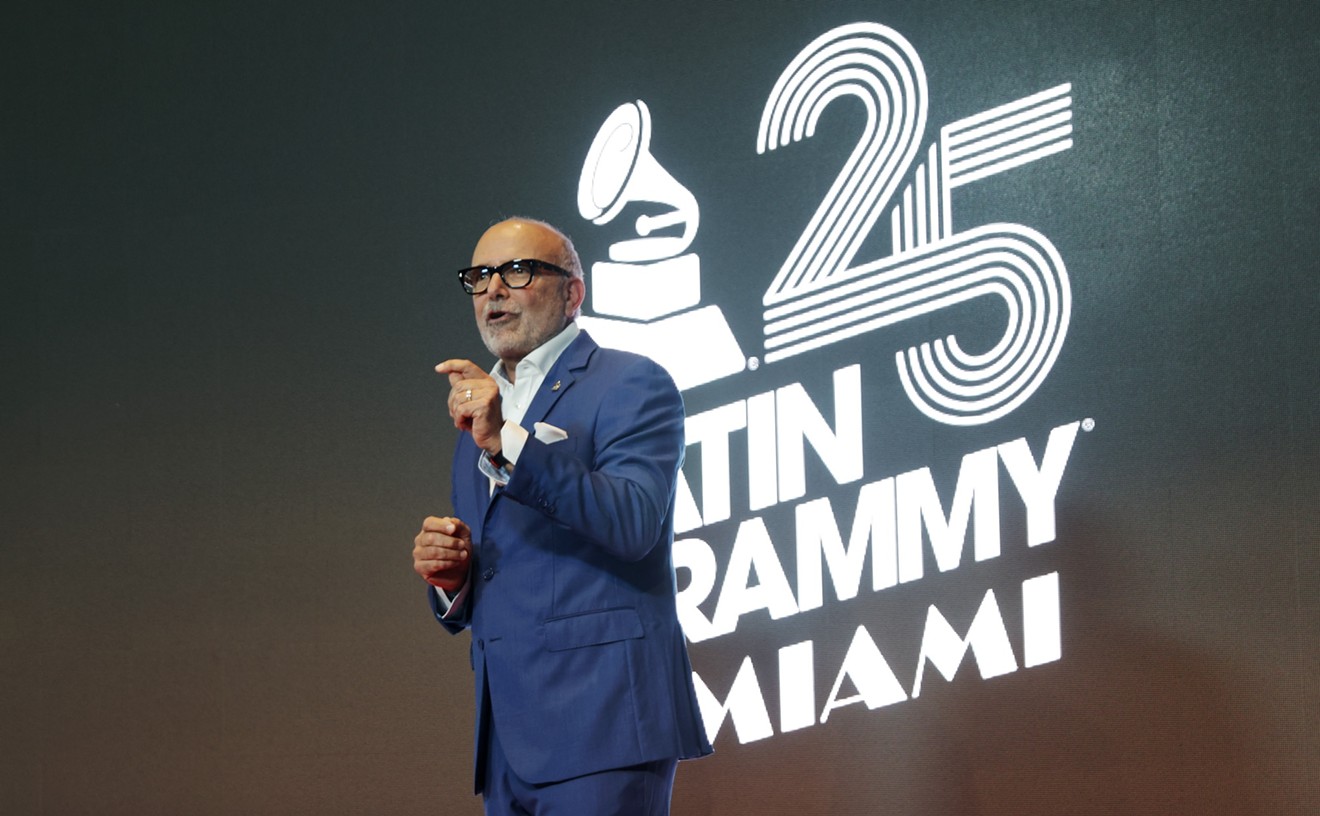A skinny little guy, Neil could reach down into his hip pocket and pull out a bass baritone that was wrapped in honey and sinuous as a snake. He could twirl his voice around a lyric and throw it across the room, making your head snap. His voice could rumble and soothe simultaneously with sorrow and pity and a sweetness that curled your toes.
Along with Tim Hardin, another pained soul with no stomach for the limelight, Neil served as an early prototype of what we know as the singer-songwriter. Other musicians worshipped him. When Fred played a date in the Grove or ventured out on the folk-club circuit to other cities, everybody who was seriously down with the new freedom in folk was there. Crosby and Stills, among others, cite him as a major influence.
Even though Neil first gained renown as a folksinger, he never quite fit the mold. Older than most of the coffeehouse cohort, he came to the folk music scene from a pop background in early rock and roll. They say he was a back-up musician at Sun Studios at one point, and his discography includes a few rockabilly/countryish Nashville singles from the late Fifties. He wrote his own stuff right from the start and brought a rhythmic sense to the folk repertoire when others were singing Elizabethan ballads. He was one of -- if not the -- first to record material incorporating Indian raga-style sounds, use electric instruments, drop the vocals, and jam.
A folksinger in shades who wrote songs influenced by blues, pop, and early rock, Neil's troubled, sometimes abrasive personality and his cool aloofness served as a model for the young Bob Dylan, who got his first paying gigs in New York City in 1961 backing Neil on harmonica at Café Wha?
Moody and enigmatic, Neil's persona was both a blessing and a curse. He was known to his friends for great generosity as well as sudden coolness. He was passionate about social injustice but too down home for any ideological straightjacket. (In 1963 he wrote a song called "Dade County Jail," and even his protest of overcrowding in the juvenile facilities swings.) He liked to get high and party, but his drug of choice often was heroin. The hard stuff, along with a series of tragedies in his personal life (typical: A car up on a repair hoist collapsed and killed his significant other in the early Nineties), fed Neil's withdrawal and seeded the cloud of blues that trailed him most of his life.
Withdrawn, even onstage, as if some great inner pain was never far from the surface, he came across like James Dean with a guitar. He hated to perform and never recorded much because producers practically had to drag him into the studio. Viscerally opposed to the crass commercialism of the music business, he refused to play the show-biz game.
Almost despite himself, he scored hits with "Candy Man," recorded by Roy Orbison, and his best-known song, "Everybody's Talkin'," which was picked up as the theme for Midnight Cowboy. Other songs were covered over the years by artists from the Jefferson Airplane and Tim Buckley to Dead Can Dance and The The. By the early Seventies, with a steady stream of royalties to support him, Neil dropped out. He lived quietly in the Grove for some time before eventually retiring to Key West. In between it's said he bought a recreational vehicle and roamed the country.
Neil just wanted to write songs, hang out in the Grove, and, so they say, swim with the dolphins. He had this thing about dolphins and, on Earth Day 1970, along with Miami-area naturalist/activist Richard O'Barry, founded the Dolphin Project, dedicated to the abolition of what they called the "dolphin slave trade" -- the capture of dolphins for entertainment or research. Neil did a number of concerts for the Dolphin Project, including one in Japan, and used his musical network to get other performers into the act. The project is still up and running, educating the public, working to halt the dolphin trade, and retraining captive dolphins for release into the wild.
Death removes the biggest single obstacle to wider recognition of Neil's talent: his own stubborn self-abnegation. Like other reclusive geniuses, Neil has inspired a devoted cult of fans. Since his passing, the Websites and online discussion lists dedicated to him have mushroomed. Messages indicate that numerous unreleased live and studio recordings lie hidden in record company vaults and in the hands of individual fans, so a lost stream of his work may be forthcoming. Others talk of a memorial concert and/or tribute album. The perfect final irony would be for Neil's death to spur the fame he deserves.










